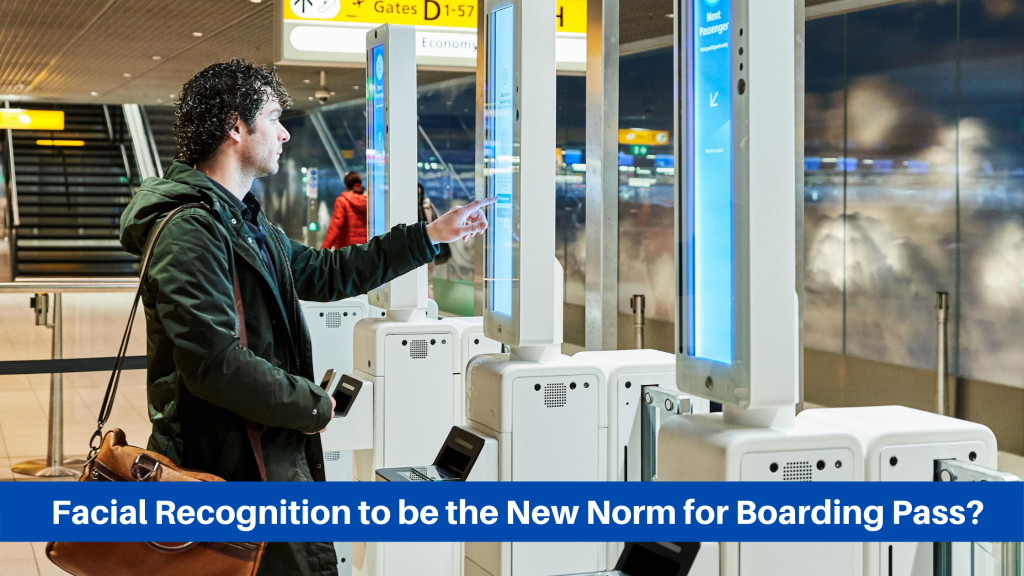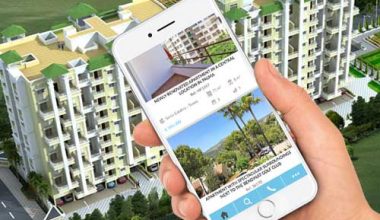
Good news for travelers! On your next airport visit, you might experience a completely different check-in process thereby reducing your time spent in security processes. It will help you to reach your boarding gate much faster than you think. You might be wondering, really? Yes, your face is becoming your Identity.
Facial recognition has already become a big norm, technology advancement in this area has been observed from unlocking phones to Smart Advertising, identifying people on social media, facilitating secure transactions, and now in airports too.
US authorities and Airlines have already started using facial recognition technology from check-in to onboarding. According to the reports, in the US by 2021 facial recognition is expected to be deployed at the top 20 airports for all international passengers including American citizens.
Read More :
The face recognition technology is expected to reach all areas to prevent fraud and deceptions methods in the work.
How is the facial scanning process at the airport work?
U.S. Customs and Border Protection (CBP) is working along with airlines to implement biometric face scanners in airports for better security measures. Facial recognition in airports is mainly used for verifying the identity of the traveler.
The camera placed will take your photo and it is then CBP’s Traveler Verification Service matches it with a photo of your Department of Homeland Security. It may be your photo in your passport or any other ID proof submitted.
This process replaces the traditional way of checking passports nationwide. Facial recognition technology security verification systems promise to improve the airport experience with fast and easy boarding.
Along with the government, Private companies also started using facial recognition in the airport. By the end of the last year, Delta announced its terminals in Atlanta’s airport were the “first biometric terminal” in the country.
JetBlue became the first airline to partner with the Metropolitan Washington Airports Authority to launch a one-step biometric boarding experience for customers flying to Nassau, Bahamas (NAS). American Airlines and United Airlines have also expanded their use of facial recognition technology to replace boarding passes.
The technology adoption of these projects had a high success rate of 99%. It’s fast, it’s friendly and it’s flexible along with a cost-effectiveness point of view. In McAleenan’s report, airport employees were able to facilitate the boarding of 350 passengers onto an Airbus A380 in 20 minutes.
Mineta San Jose International Airport has managed to facilitate technology to reduce processing times for arriving international travelers by 16 percent, and Delta reports say technology implementation has reduced their boarding times by nearly 10 minutes
Facial recognition is a powerful tool. Early adoption and global application of these technologies can provide a better user experience and also save manual efforts of resources utilized at the airport on other business priorities. The applied technology impact has much lasting impact on the years to come.
Time will come soon when we see this technology is applied across airports at a global level and providing a new dimension of customer service






